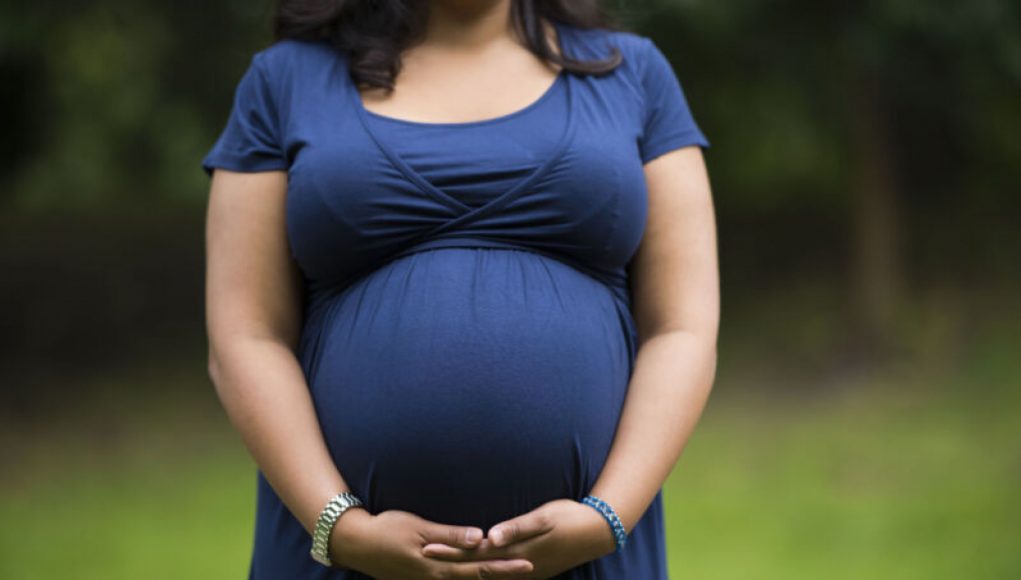The number of people in the US dying of pregnancy-related causes more than doubled over two decades, with Black, Native American, and Alaska Native people facing the highest risks, according to a groundbreaking study published in JAMA.
Despite spending more on healthcare than any other high-income country, the US has the highest rate of maternal deaths. Shockingly, while other high-income countries have seen declines in maternal mortality, the US has experienced a steady increase.
However, understanding the trend in US maternal mortality data is challenging. Different states have varying definitions of maternal deaths, some have been slow to include pregnancy-related questions on death certificates, and data release can be delayed.
In an effort to overcome these challenges, researchers conducted a comprehensive study published in JAMA. They used national data to model state-level trends in maternal mortality, focusing on death rates by race and ethnicity between 2009 and 2019. The study was led by Gregory Roth at the Institute for Health Metrics and Evaluation at the University of Washington.
The study’s findings align with what we already know about maternal mortality in the US: it is alarmingly high and continues to rise, particularly for Black individuals in southern states. However, the study also revealed previously unnoticed disparities within specific states and ethnic groups.
Overall, the study estimated that in 2009, there were approximately 550 pregnancy-related deaths within one year after the end of pregnancy (excluding unintentional deaths, homicides, and suicides). By 2019, this number more than doubled to 1,210. The maternal mortality rate (deaths per 100,000 live births) increased from 12.7 in 2009 to 32.2 in 2019.
Advertisement
Trends
Among Black pregnant individuals, the nationwide mortality rate rose from 31.4 to 67.7 during the study period. Throughout the entire study, the Black population consistently had the highest state median for maternal mortality rate. Notably, several states in the South, including Louisiana, Georgia, and Texas, experienced the highest increases in Black maternal mortality rates. Surprisingly, New Jersey and Arizona were also among the top five states with significant increases.
The American Indian and Alaska Native populations witnessed the largest increases in median state mortality rates. Florida, Kansas, Illinois, Rhode Island, and Wisconsin all saw mortality rates in these populations rise by more than 162 percent during the study period. Asian maternal mortality rates were particularly high in Wyoming, Montana, and Nevada, which have a significant proportion of Filipino populations.
While Hispanic and White populations had lower maternal mortality rates compared to other groups, they still experienced increases, especially in the South and Northeast regions. The authors of the study highlight that mental health plays a significant role in maternal deaths among these two groups. It’s important to note that the study excluded suicide and overdose deaths, which may have masked some maternal death estimates in these populations.
Overall, the study paints a grim picture of maternal health in the US. The authors concluded that “maternal mortality persists as a source of worsening disparities in many US states, and prevention efforts during this study period appear to have had a limited impact in addressing this health crisis.”
Furthermore, it’s crucial to acknowledge that the study period ended in 2019, before the CDC reported a spike in pregnancy-related deaths due to the pandemic. Additionally, the recent Supreme Court decision to overturn the constitutional right to abortion is expected to further increase maternal morbidity and mortality. Bans and restrictions on abortion access and pregnancy care are being implemented in approximately half of US states.
In a frightening development, maternal deaths in the United States have more than doubled in the last two decades, a new study has revealed.
The study, published in the journal Obstetrics & Gynecology, looked at data from 38,000 maternal deaths in the United States between 1993 and 2015. It estimates that in 1993, approximately 63 women for every 100,000 deliveries died from pregnancy-related causes. That number, however, had increased to 131 maternal deaths by 2015.
The rise in maternal deaths is alarming, especially considering the United States spends more money on health care than any other nation.
The research team studied the causes of death, some of which were preventable. Common causes were hemorrhage, cardiovascular and cardiomyopathy related issues, infection and embolism. Other causes could have been prevented had there been better access to care and if the mother received better healthcare.
The study also found that the pregnant women in the United States who are most at risk for death were those living in rural areas, those from minorities or the general population of lower socio-economic backgrounds, those who are uninsured or receiving public insurance, and those with an underlying medical condition.
It is important to note that the background of the women who died were a result of systemic issues of access, affordability, and equity of care. The study’s lead author, Dr. William Callaghan, urges that more needs to be done to alleviate these issues in order to improve maternal mortality outcomes and reduce disparities.
Maternal death is a preventable tragedy and can be avoided through access to appropriate care and quality services. It is essential that health care providers, policy makers, and communities must take effective action to reduce the risk of maternal death.
This study shows the urgent need to address the various barriers to women’s access to health care and focuses on the disparities and inequality of care. It is only through addressing the root causes of the issue that we can reduce and hopefully one day eliminate maternal mortality in the United States.




















